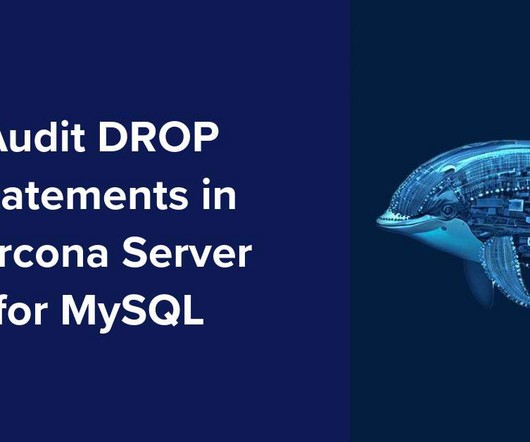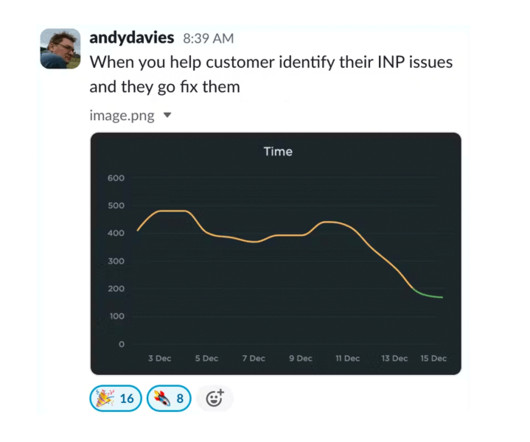BankNext Case Study: JUnit Mockito Automation
DZone
JANUARY 2, 2024
BankNext ’s massive production environment has more than 300 live microservices. Multiple squads working concurrently on these SVCs heightens the risk of breaking functionality. Adding JUnits and code coverage manually to existing and new code is arduous and painfully slow. Challenges With Manual JUnits Time-intensive activity to write proper useful JUnits manually.













Let's personalize your content